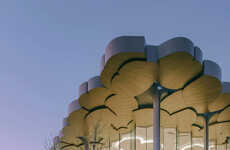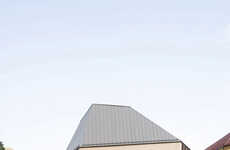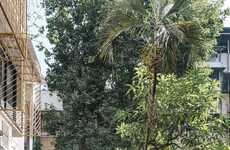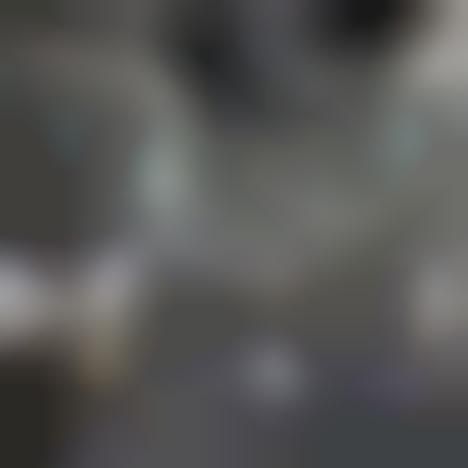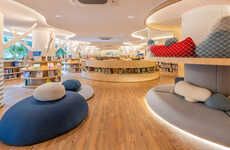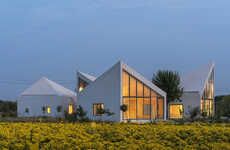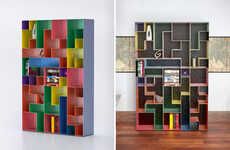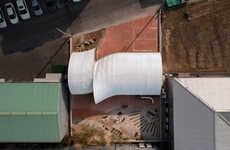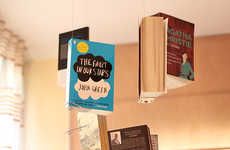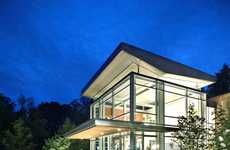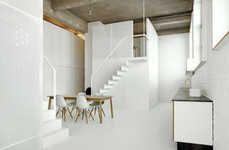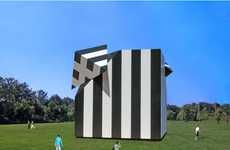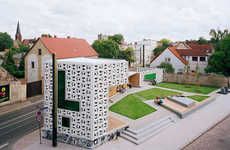
Nam June Paik Library is a Contemporary Cube of Literature
Katherinev123 — December 26, 2011 — Art & Design
The Nam June Paik Library, housed in the Nam June Paik Art Center in Yong-In, South Korea, is a contemporary and chic structure that is essentially a cube of transparent blocks.
The cube sits in the center of a room, housing and circulating the center's multimedia archive, which includes the Nam June Paik archives collection, video archives and rare Fluxus footages collection. The futuristic structure comprises reading areas, computer stations, video screens and book shelves, which are all integrated into the library's transparent blocked walls.
Open to the art center's visitors, the Nam June Paik Library is itself an artistic component of the art center. Its unconventional form rests on the idea of non-linear and random access to information, so that, according to the Nam June Paik site, "the consumer of information becomes the producer and the static contents of the library turns dynamic."
The cube sits in the center of a room, housing and circulating the center's multimedia archive, which includes the Nam June Paik archives collection, video archives and rare Fluxus footages collection. The futuristic structure comprises reading areas, computer stations, video screens and book shelves, which are all integrated into the library's transparent blocked walls.
Open to the art center's visitors, the Nam June Paik Library is itself an artistic component of the art center. Its unconventional form rests on the idea of non-linear and random access to information, so that, according to the Nam June Paik site, "the consumer of information becomes the producer and the static contents of the library turns dynamic."
Trend Themes
1. Transparent Block Structures - Incorporating transparent block structures into design can create unique and visually striking spaces.
2. Multimedia Archives - Creating multimedia archives within libraries or cultural institutions allows for easier access to a diverse range of content.
3. Non-linear Information Access - Designing spaces that encourage non-linear and random access to information can foster creativity and innovation.
Industry Implications
1. Architecture - Architecture firms can explore using transparent block structures to create innovative and visually captivating buildings.
2. Library Science - Libraries can incorporate multimedia archives to enhance their offerings and provide greater access to information.
3. Art and Culture - Cultural institutions can create non-linear information spaces to encourage creativity and engagement with their collections.
2.3
Score
Popularity
Activity
Freshness


